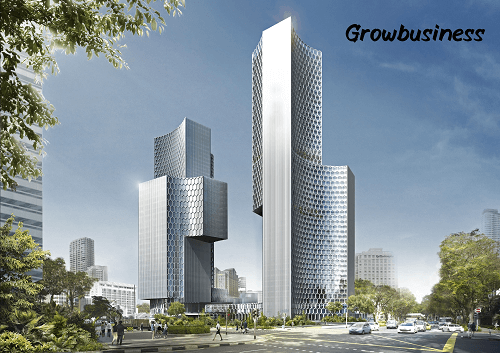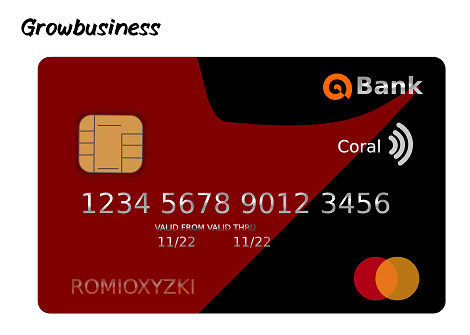Wool Business Suits
Wool business suits are a perfect blend of comfort, elegance, and durability:
Wool business suits have always symbolized style, sophistication, and comfort. It is a natural fiber that has great drape and rich texture and this gives it extra quality to formal wear. Most of the professionals worldwide have a first preference for wool in terms of dressing up for important meetings, corporate events, and office wear as well.

Why Wool for Business Suits?
1. Breathability and Comfort:
Wool is the most breathable fabric; therefore, air passes through it. This makes wool business suits perfect for long working hours without feeling uncomfortable in case of temperature changes. The natural moisture-wicking property in wool helps to regulate the body temperature as it absorbs moisture and lets it go in the form of vapor. This will make you feel comfortable, warm, and not sticky in your suit during warm weather, while in cold climates, it will keep you warm to stay cozy without bulking up.
2. Durable and Long-Lasting:
Wool suits, if taken care of properly, will last you many years. Wool fibers are resistant to wrinkles and creases; they spring back quickly into their original form. This is an excellent characteristic of business suits since you will retain a crisp sharp appearance even at the end of the working day. Unlike synthetic fibers, wool doesn’t readily lose its shape and continues to maintain its structural integrity, thus giving a long-lasting investment.
3. Versatility in Style:
Wool suits are very versatile in style and may be used in a wide range of business settings, from corporate offices to creative industries. The fabric can be woven into various textures, weights, and patterns, such as classic plain weaves, houndstooth, and pinstripes. Wool is also very customizable, allowing tailoring to fit individual body shapes, which results in a suit that looks flattering and feels great.
4. Natural Glow and Appearance:
Wool has an obvious shine and depth, which is what makes it so potentially advanced in a suit. Its surface produces a stylish finish due to the reflection of light. Wool suits also come in a range of colors; from navy, and charcoal to bolder tones such as deep burgundy or grey, meaning there is one to match anyone’s persona.
5. Sustainability:
Wool has increasingly been adopted as more people embrace sustainable fashion consumption. Wool is biodegradable, renewable, and takes less energy to produce than synthetic fabrics. A prudent choice for an environmentally concerned individual would be to have a wool business suit. Wool is also less prone to dirt and stains, hence less frequent washing, which also reduces dry cleaning, hazardous to the environment.
The Types of Wool for Suits:

There is no equal wool and different varieties suit different needs as regards texture, warmth, and look.
- Merino Wool: This is the highest grade of wool, that feels soft. Merino wool is the most extensively used wool for business wear. It gives a smooth finish and excellent comfort without being too heavy. Its fine fibers also make it suitable for all seasons.
- Tweed: It’s a thicker wool. The tweed is fine for colder climates or even for fall and winter business. It’s a bit heavier, but it’s pretty classic with a textured look that’s very stylish and useful.
- Worsteds: it is the type of wool that spins tight, for a smooth fine durable fabric. It is always used to make business suits with a quality finish and a crisp structure. Even worse wool does not wrinkle much.
Care of Your Wool Business Suit:
Only through proper maintenance can a person be sure that his or her wool business suit endures for years. Cleaning of the wool suits is done mainly through dry cleaning however they can also be dried out and brushed between wearing to maintain the clothes. Always store your suit in a breathable garment bag with a padded hanger in order to retain its shape.
Five FAQs about Wool Business Suits:
1. How do I treat a wool business suit?
Dry cleaning is performed on a wool business suit regularly, but not to the extent that the textile is spoiled. Between such cleanings, allow the wool business suit to air before using a brush to knock off any dirt and grime that has accumulated during the day. Store this garment in a cool and dry environment and away from direct sunlight.
2. Are wool suits for all four seasons?
Yes, wool suits can be worn in both warm and cold climatic conditions. The lightweight wool suits can be worn in warm climatic conditions as wool allows ventilation. Heavy wool suits can be worn in colder climatic conditions as they provide good warmth. Merino wool is a versatile product that can be worn during the whole year.
3. How can I ensure the quality of a wool suit?
Wool suits are superb quality when made from fine fibers, which can either be Merino or worsted wool. Suits to look for have a smooth texture, crisp finish, and good drape. Also consider the weight of the fabric; heavier weights are for colder seasons, while lighter options are better for warmer seasons.
4. Can wool business suits be worn casually?
Wool suits are versatile and can be both dressed up and down. When paired with a relatively casual shirt or accessories, wool suits can easily go informal, but it’s more suited for business and formal occasions.
5. Is wool suit an eco-friendly fabric?
Yes, wool is an environment-friendly textile. It is renewable and biodegradable with lower energy consumption in production than synthetic fibers. Second, wool is durable: one can wear it for a long time without regularly replacing it.
Conclusion:

Wool business suits are a timeless investment in both style and comfort. Their superior breathability, durability, and versatility make them ideal for professional settings, while the natural elegance of the fabric ensures you’ll look sharp and polished. Whether you’re preparing for a crucial business presentation or simply want a high-quality suit for daily wear, a wool business suit offers unmatched value, comfort, and sophistication.

























